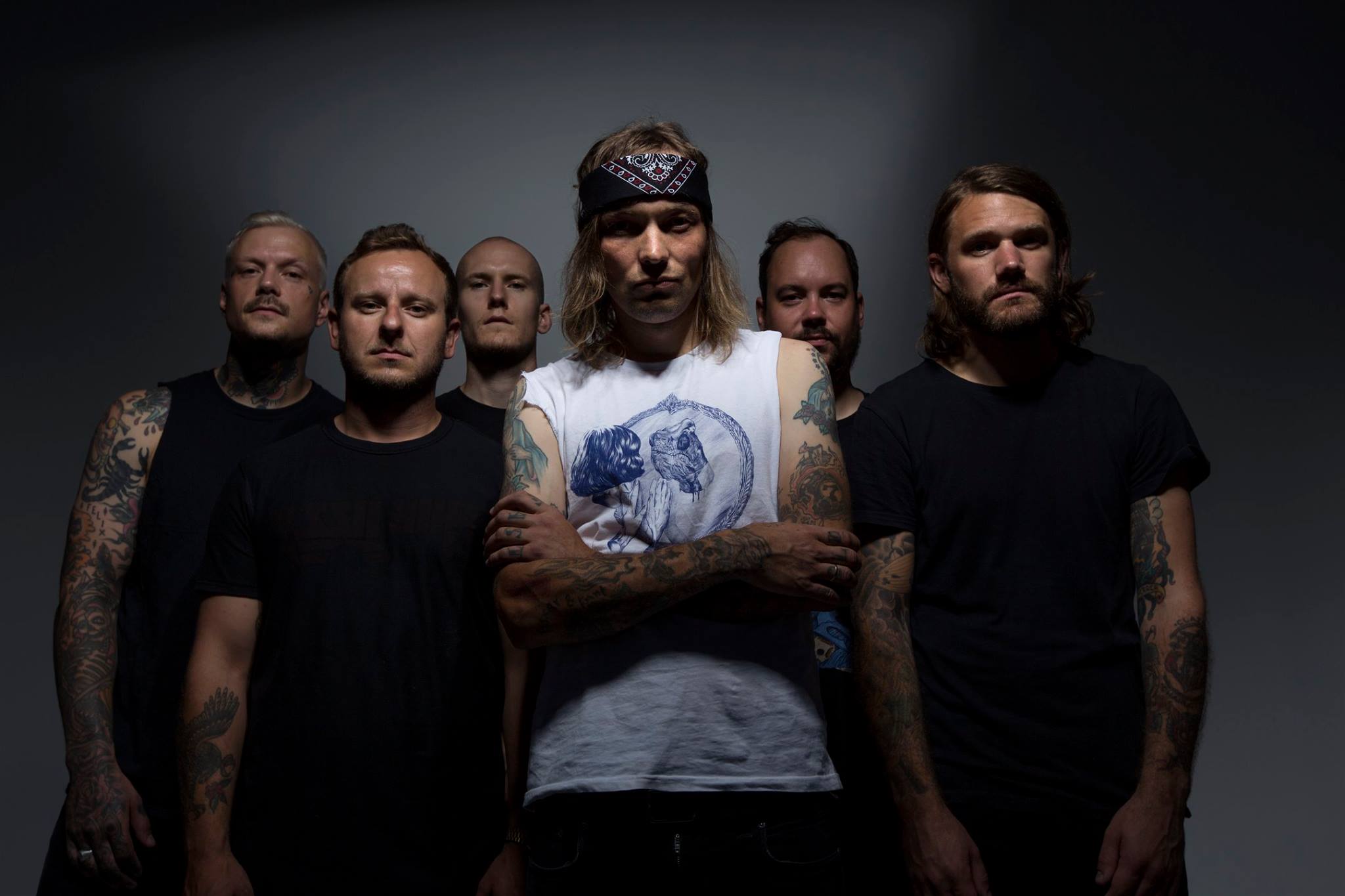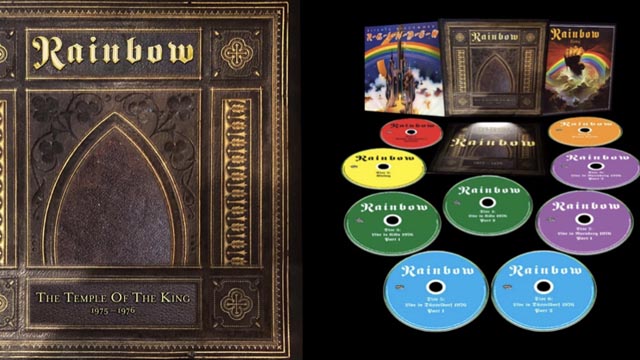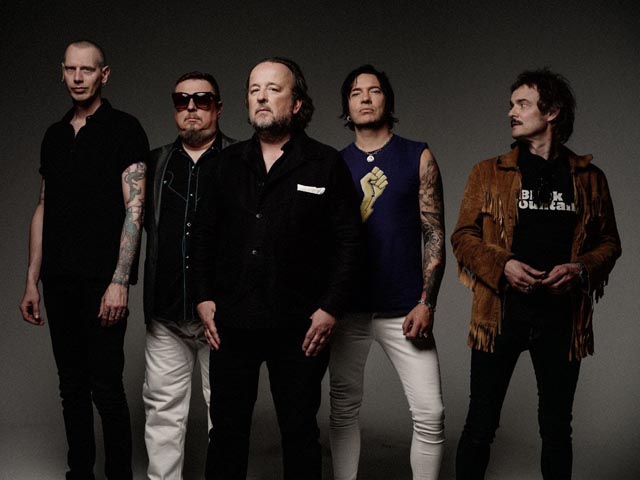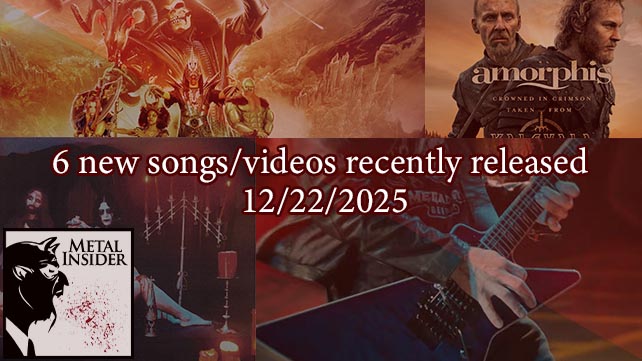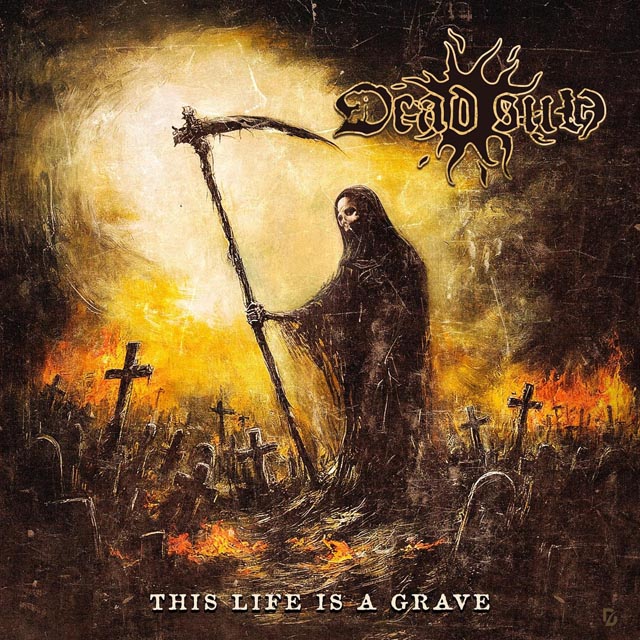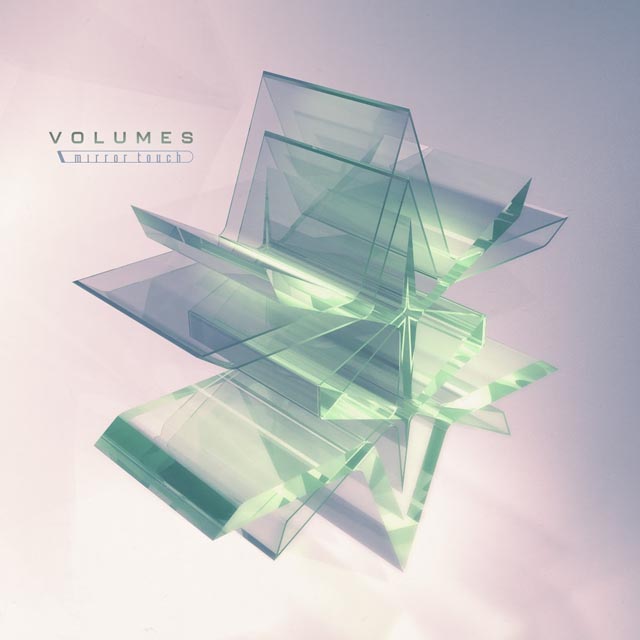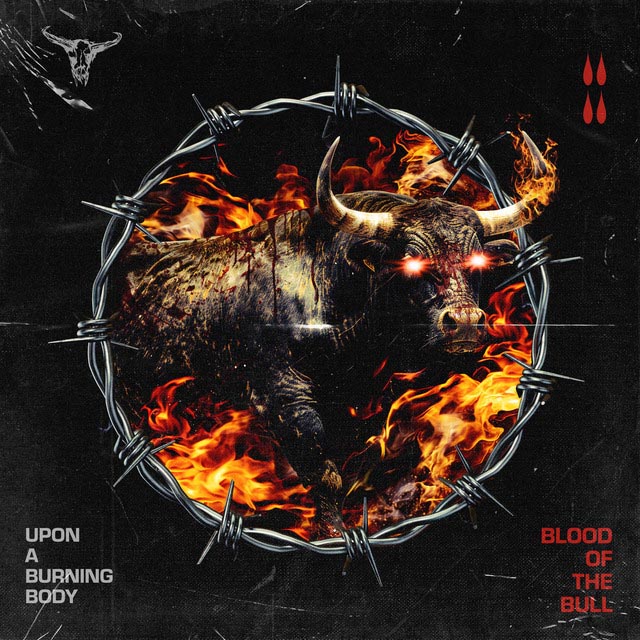 Two years ago, Kvelertak hadn’t even played their first show in America. Their debut album, which had been released overseas in late 2010, didn’t become available domestically until March 15, four days after their first stateside show in San Francisco. This time, the band is here well in advance of their sophomore album being released, doing press from the offices of their new label, Roadrunner Records. Before Meir’s March 25 release, I sat down with singer Erlend Hjelvik and guitarist Vidar Landa to talk about their new label, the influence of America on their music, and how Meir differs from the first album .
Two years ago, Kvelertak hadn’t even played their first show in America. Their debut album, which had been released overseas in late 2010, didn’t become available domestically until March 15, four days after their first stateside show in San Francisco. This time, the band is here well in advance of their sophomore album being released, doing press from the offices of their new label, Roadrunner Records. Before Meir’s March 25 release, I sat down with singer Erlend Hjelvik and guitarist Vidar Landa to talk about their new label, the influence of America on their music, and how Meir differs from the first album .
Tell me about the bidding war for the second album.
Erland Hjelvik: we talked to a bunch of different labels, but Roadrunner had been at us for awhile. We first met them when we played SXSW.
Vidar Landa: That was in 2011.
EH: We met Dave [Rath, RR VP of A&R] after the first show we played there. He just seemed stoked. We saw them after a couple of other shows we did and talked to them there and they seemed like they really wanted to do it. So it just seemed like the best choice in the end.
It seemed like all of a sudden there was a bidding war. At the Converge tour, everyone came out of the woodwork. Did you know back then you were going with Roadrunner?
VL: No, not really. We just made an album and there was a big interest in it. In the end, Roadrunner seemed like the best option for us. We’ve been so busy with touring and stuff I don’t really know everything that’s been going on.
EH: We have a manager that deals with that kind of stuff.
VL: I know the contract and stuff, but I don’t know everything that’s been going on.
Did you have any second thoughts when Roadrunner consolidated with Warner Music Group and got rid of some of their staff and bands?
VL: We heard about all that, but we’ve talked to them and they’ve explained how it is, and the set up they have now seems very good for us.
Let’s talk a little bit about America. The first album didn’t even technically come out here, it was just licensed. Did you know from the get-go that America was a market that you wanted to conquer?
EH: Yeah, ever since we did the first tour, the reactions and the crowd would really be into us. We just had a blast every time we’ve been to the states. We’ve done three US tours now and it just keeps getting better and better. It’s going to be cool to release a new album that will be available everywhere.
VL: It has kind of been a bit of a problem that the album came out so late too in the states. So it’ll be great this time around to go on tour with a new album and have a record company that is working it from the beginning.
It kind of came out twice, first through The End and then through Prosthetic.
EH: I don’t know what happened right there, but it was just unorganized I guess.
Not so much the lyrics, but the band’s music, choice of producers and artwork definitely seem informed by America. How much does American culture play into Kvelertak?
EH: We’re fans of a lot of American bands. Having John Baizley doing the artwork and Kurt [Ballou] from Converge doing production and recording, I guess it just lumped us in with those kind of bands.
VL: Norway is kind of a small American colony. So we grew up on American movies and American music all the time.
EH: The first tour we ever did was with Converge and Kylesa and ever since then we’ve just been associated with those kinds of bands. We’re fans of bands like that who I just mentioned, and Baroness, I could go on for a little while, but we don’t mind being in that kind of company.
Did you consider working with people from Norway?
VL: Not really. Kurt was the one that everyone in the band wanted to do it. He was the first one we asked and he said yes straight away. We probably talked about stuff, but I can’t really remember if there was anyone else we were into at that time.
EH: All Norwegians are super expensive anyway.
VL: Flying over to the states and recording here is almost the same price.
EH: Yeah, it’s a better alternative.
VL: Plus you get away. You’re focused doing a record. You’re away from home and don’t have to think about dinner and girlfriends and family and stuff.
Obviously you both speak fluent English, yet every song is in Norwegian. Did you ever consider writing in English, or is this just what you do?
EH: When we started out, we had some songs that were 50/50 Norwegian and English. There wasn’t really any reason behind it, but I just felt more comfortable writing in Norwegian and singing in Norwegian because that’s my own language that I speak every day. There’s enough bands out there already that have shitty English lyrics and stuff like that so don’t think we need to add another one to that list. It hasn’t been a problem for us at all like even if we’re in France or Russia whatever, people still sing along to the lyrics even if it’s in Norwegian.
VL: It’s become a part of our sound too. I think that definitely sticks out from other bands.
EH: I think that our fans would be pissed if we started singing in English now so. The only guy who’s told us that we should start singing in English is Happy Tom from Turbonegro. He said that a few years ago, but he hasn’t talked about it since then. We’re pretty bad at taking advice.
VL: That was before the record came out.
How much does Norwegian culture play into the band? Obviously you’re from Norway, but the album and the music itself seems pretty American.
EH: Yeah. It’s a good mix. Like the first one, it was really inspired by Nordic culture since it was mostly based on Norse mythology and folklore. I can say that we stayed away from that on the new one though just because I don’t want to end up repeating myself every time we do a new album. So I’m trying to broaden my influences I guess.
VL: I think in the music you can hear it on the first album on tracks like “Fossegrim” has this kind of folk thing and some of the Viking chants on “Liktorn.”
What are your touring plans?
EH: The plan now is after we release the album by the end of March, we’ll do a European tour and then we’ll come over to America. Nothing is announced yet, but…
VL: It’s in the works.
EH: Yeah. We’re just going to be super busy playing live the rest of the year too.
What are your biggest markets?
VL: Right now it feels like it’s all over the world.
EH: It’s definitely Scandinavia, England, Germany, and hopefully the United States.
Is Kvelerbrau ever going to come out in America?
LV: It was kind of a one night thing. It was our friend in Vienna who made it for us and the tour and some other lucky people.
EH: We sold it from our merch stand that night. I remember some Italians who brought a kid with them.
VL: They traveled from Italy just to get the beer.
EH: They bought it for their kid and were like “oh don’t worry she can drink it.” I said ‘what?’
How old was the kid?
EH: Like 9 years old. Should’ve called the child protective services, but they seemed pretty nice. It’s weird how much buzz we actually get on that beer, if we would’ve tried to do it for real.
VL: We’ve been talking about that but we really haven’t had time to do it.
Let’s talk a little bit about your videos. Did the same person direct both of them? I’m talking about “Mjod” and “Braun Brenn.”
VL: They’re both from our home town Stavanger. It’s two different guys. You can kind of tell that because the videos are pretty different from each other.
How did they get kids to become you?
VL: We had this idea that we wanted kids in the video and the director and the producers kind of took it from there. They contacted music teachers and stuff like that and asked if they had any young kids that were really good at playing and could rock out. So a bunch of kids sent in videos of themselves rocking out in their music and they picked 6 of them and they were just awesome. I went to see when they were filming it. I was going to be there to help them out and show them how we play the songs and stuff, but they knew everything from before and they just went crazy when we started filming.
Were they familiar with the band?
VL: Oh yeah.
That’s awesome. Were they actually playing?
VL: Yeah. They had guitars made out of wood and they were just kidding around, but they knew at least parts of the songs. They definitely knew how to play.
EH: We also have a new video on the way that’s made by the guy who made our first video “Mjod.” The song is “Månelyst.”
V:: The plan is that one will be out the same day as we release the record. I’ve seen about 45 seconds of the film so far, and it’s a lot of different scenes like horror kind of stuff. It looks amazing. I can’t wait to get that one out.
EH: Yeah it’s going to be a crazy horror movie.
VL: Yeah but it looks really good.
How would you say the two albums differ from each other?
EH: When we recorded the first album, we’d barely been in the studio before, so it definitely felt a lot better doing the new one. We had more confidence from all the touring. I think the newer one is definitely more well-played and I think the song writing is better too. Everyone in the band is just better at what they do.
VL: I love the first album and all its songs. But I kind of feel that this record sounds different in a way that the guitar sound is more dynamic. The sound is more open and sounds a bit bigger. There’s some cool stuff. Our guitarists Maciek and Bjarte do some really cool solo work on this new record that I really am super psyched about.
EH: It feels like more of a rock album I think than the last one.
VL: Yeah it’s even more shameless.
Had you all been in different bands before joining and forming Kvelertak?
EH: Not really. Just copy bands where I grew up, but nothing really to talk about.
VL: it is kind of the first real band with a record and stuff.
It’s pretty awesome it came together like it did.
EH: yeah we didn’t have any ambitions at all. It was just going to be a fun hobby and then suddenly it gets serious.
So you had no plans on world wide domination when you started out?
EH: when we first started out, the first goal was that we need to play a live show somewhere. I just remember seeing our name on a poster. It was awesome to me.
When did the band form? How long did it actually take to get signed and make a record and all that?
E: We started out in 2006. It was just a bunch of friends getting together basically. I had gone to school with the other guitarist and he had gone to a different school with our bass player Marvin. He played in the band with Vidar and that’s how we got him. We kind of had some different angles, but we’ve had a steady line up since 2009 now. We finally found a new drummer and a new guitarist and they’ve been in the band since then. Then we got picked up for, it’s like a Norwegian SXSW I guess you can say. It’s for unknown bands where you can send it demos and we got picked to play that.





